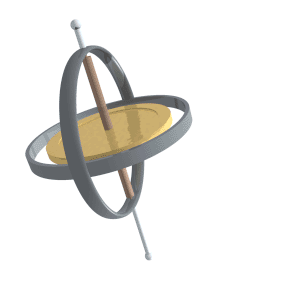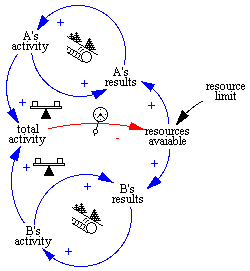

Embrittlement and other coincidences
" It turns out embrittlement is one of the more serious problems confronting the field. It occurs when structural material is exposed to impurity elements"
p. 60.
"transform and otherwise ductile material into a brittle one.”
(Eberhart; pp. 60-61.)
"A few sulfur atoms per million iron atoms will cause ductile steel to shatter, Hydrogen atoms appear to embrittle just about everything: steel, aluminum, titanium and the silicon of computer chips."
Mercury is another indiscriminate embrittler."
p. 61.
- sources of embrittlement along grain boundaries due to the mobility of phosphorus and sulfur atoms in steel.
p. 63.
The Titanic -- modifications of design techniques & still the structure fails.
How desirable is performance for the products in which we invest time, treasure, lives, and reputation?
"To technological arrogance, to Edwardian pride that went before a tragic fall, must then be added the element of chance."
Instead Eberhart insists that there was an inevitability inherent in the structural defects.
"The sinking of the Titanic is the most famous and conspicuous example of the terrible consequences of sulfur embrittlement."
"An analysis of the wreckage steel showed "a sulfur content nearly twice and a phosphorus content nearly four times that of modern steels used in similar applications."
These elemental compounds conspired to make the hull of the Titanic brittle, but not unfortunately sufficiently brittle to be noticed by the workers...."
p. 84.
Within three hours the embrittled hull in extremely cold temperatures (-2 degrees C) the hull gave way an the ship sank with 1,500 lives lost.
p. 85.
During World War Two the embrittled hulls on Liberty ships required intervention to slack the loss from 140 per month to under 20.
p. 86.
Fine technology for the automated age; retarding fractures using chemistry.
"often manganese is intentionally added to steel. The manganese reacts with the sulfur to form a stable compound –manganese sulfide. The sulfur atoms in this compound are immobilized and cannot move to iron grain boundaries."
p. 63
This also includes the knowledge of limits, comprehending the limitations of technology.
"For most metals, there is a temperature that marks a fairly sharp region of transition from ductile to brittle behavior. This is called the ductile-to-brittle (DTB) temperature and is found through what is known as the Charpy impact test. . . . The fracture energy decreases with temperature but at the DTB transition there will be a precipitous drop."
Thus knowledge of fine technology --in this case of microstructures applying remedies from chemistry-- is essential to our survival in the automated and hyper industrial world of the the 20th and 21st centuries.
The promise of engineering
"fracture mechanics is one of the great triumphs of science and engineering."
p. 79.
 Chapter 5, the hearings into the sinking of the Titanic.
Chapter 5, the hearings into the sinking of the Titanic.
Why Things Break: Understanding the World by the Way it Comes Apart
Chapters
- Atoms, Marbles, and Fracture
- Ancient Art, Ancient Craft
- Ancient Science
- Embrittlement and other coincidences
- Shocking Simply Shocking
- Things that Don't Break
- When the Going Gets Tough
- Only the Tough Get to Go
- Why ask Why?
- Right Answers, Wrong Answers, and Useless Answers
- Inside Materials by Design
- Materials by Design Resurrection
- It's Broke We've Got to Fix It
How does this page relate to the class?

Relations are key to comprehend any technical problem.
Tools of Toil: what to read. Tools are historical building blocks of technology.
Pursell | Pacey–World | Postman | Head | Tenner |Pacey–meaning| Eberhart | Snow | Kaku | Boulding | Delillo | Kranzberg
| Postman–Tech | Postman–Television |
This page was created, by J. Siry.



.gif)







